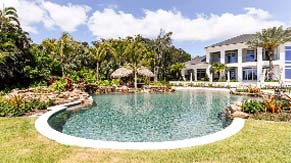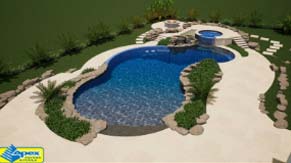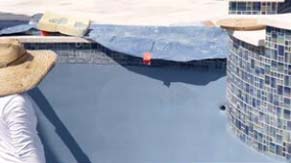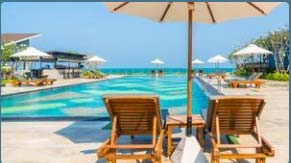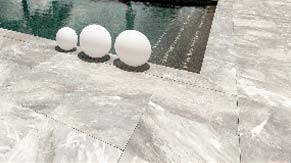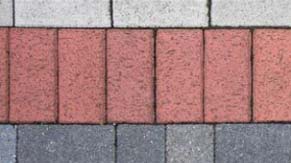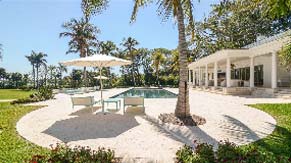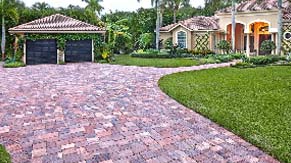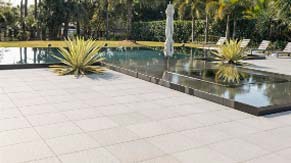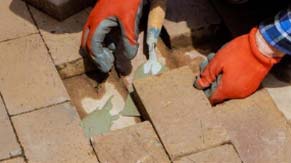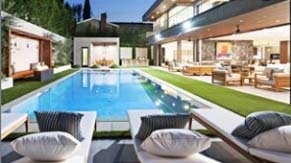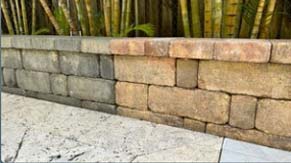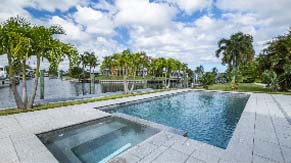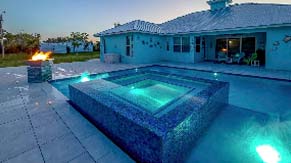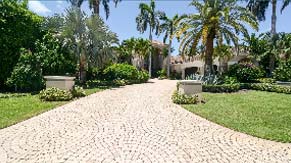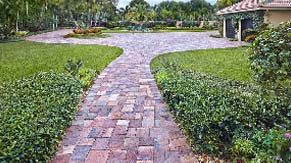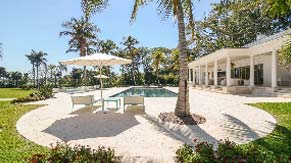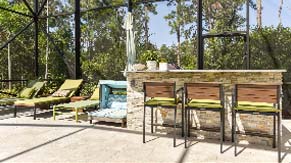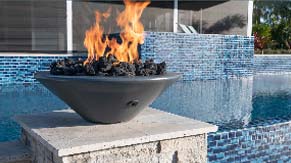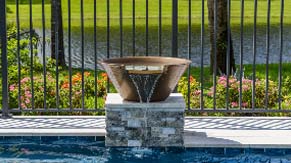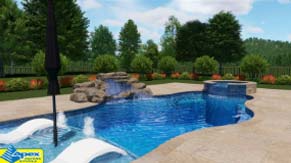Understanding Your Pool's Plumbing and Equipment Layout
The intricate network of pipes and equipment that makes up your pool's plumbing system is its lifeblood, ensuring water circulation, filtration, and heating. This class provides a comprehensive overview of a typical pool and spa combination setup, guiding you through the various components and their functions. Understanding this layout is crucial for effective maintenance, troubleshooting, and optimizing your pool's performance.
We'll explore the journey of water through your system, from the suction side (main drain, skimmer, vacuum line) to the main pump, filter, heater, and back to the return jets. You'll learn to identify key equipment like the main pump, filter, heater, and salt cell (if applicable), as well as specialized pumps for spa jets and water features like shear descents and bubblers. Familiarizing yourself with these elements will empower you to better manage your pool's operational needs.
What You'll Learn in Pool School:
-
Identify the main components of a pool plumbing system, including pumps, filters, and heaters.
-
Understand the flow of water through both the suction and return sides of your pool.
-
Recognize different suction points: main drain, skimmer, and dedicated vacuum line.
-
Learn the function of specialized pumps for spa jets and various water features.
-
How to interpret and follow labeled plumbing lines for easier maintenance.
The Basic Pool & Spa Plumbing System
A standard pool and spa combination features a primary circulation system. Water is drawn from the pool and spa through various suction points: the main drain (at the bottom), the skimmer (at the surface), and sometimes a dedicated vacuum line. This water then travels to the main pump, which pushes it through the filter for cleaning. After filtration, the water typically passes through a heater (if installed) and potentially a salt cell before being returned to the pool and spa through designated return jets. Each line is usually labeled for clarity, indicating whether it's a "pool return" or "spa return."
Specialized Pumps for Spa Jets and Water Features
Beyond the main circulation pump, many pool and spa setups include additional pumps for enhanced features. A dedicated spa jet pump, for instance, circulates water independently for the spa jets, providing a powerful massage experience without affecting the main pool filtration. For elaborate water features like shear descents, deck jets, or bubblers, auxiliary pumps are often installed. These pumps ensure that these features operate with optimal pressure and flow, adding aesthetic appeal and functionality to your pool environment.
Pro Tips for Understanding Your Pool Plumbing
-
Familiarize Yourself: Take the time to understand the layout of your specific pool equipment pad and plumbing lines.
-
Check Labels: Pay attention to any labels on pipes and valves; they are there to guide you.
-
Understand Valve Functions: Learn what each valve controls (e.g., main drain, skimmer, returns) to effectively manage water flow.
-
Regularly Inspect: Periodically check visible plumbing for any signs of leaks, cracks, or wear and tear.
-
Consult Diagrams: If you have a plumbing diagram for your pool, keep it handy for reference.
Key Takeaways
-
Pool plumbing ensures water circulation, filtration, and heating.
-
Identify main components: pump, filter, heater, salt cell, and various lines.
-
Water flows from suction points (drain, skimmer, vacuum) through equipment and back to returns.
-
Specialized pumps power spa jets and water features.
-
Familiarity with your plumbing system is key for effective maintenance and troubleshooting.
Why Choose Apex Pool School?
With over 20 years of experience in pool maintenance and construction, Apex Pool School offers the most comprehensive and practical pool education available. Our expert-led courses combine theoretical knowledge with hands-on techniques used by professional pool technicians.
Frequently Asked Questions
Here are some common questions about pool maintenance. If you have other questions, feel free to contact us.
Pool plumbing typically consists of pipes, valves, skimmers, main drains, returns, and connections to the pump, filter, and heater. These components work together to circulate and filter the pool water.
Most modern pool plumbing uses PVC (polyvinyl chloride) pipes due to their durability, resistance to chemicals, and ease of installation. Flexible PVC is also used in some applications.
Signs of a plumbing leak include a drop in water level, wet spots around the pool, or air bubbles in the return lines. Dye testing, pressure testing, and listening for unusual sounds can help pinpoint leaks.
Some minor noise from water flow is normal, but loud or unusual noises like grinding, rattling, or excessive humming can indicate problems such as air in the lines, a failing pump, or obstructions in the plumbing.

